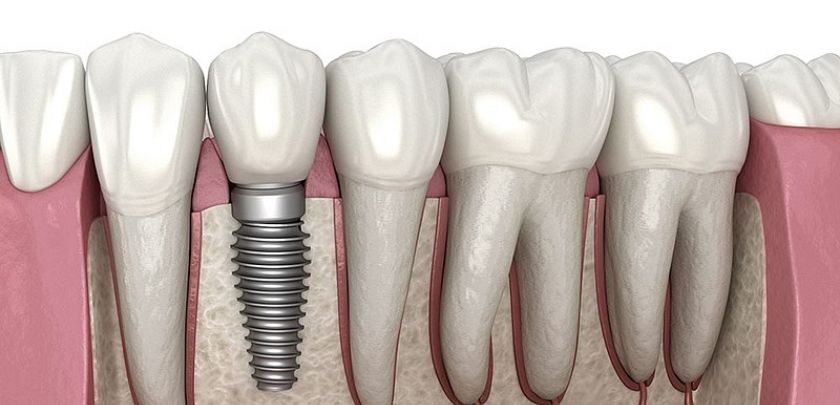New Patients Welcome!

Dental implants have revolutionized the field of dentistry, providing patients with a reliable and long-lasting solution for missing teeth. Unlike traditional dentures or bridges, dental implants offer a permanent replacement that looks, feels, and functions like natural teeth. However, the process of getting dental implants involves several stages, each crucial for the success of the procedure. In this article, we’ll delve into the three stages of dental implant surgery, exploring what happens at each step and what patients can expect throughout the process.
Stage 1: Initial Consultation and Treatment Planning
The journey towards receiving dental implants begins with an initial consultation with a qualified dentist or oral surgeon. During this appointment, the dentist will conduct a thorough examination of the patient’s oral health, including the condition of their remaining teeth and gums. X-rays or CT scans may also be taken to assess the bone density and structure of the jaw.
Based on this evaluation, the dentist will develop a personalized treatment plan tailored to the patient’s specific needs and goals. This plan will outline the number of implants needed, the location of the implants, and any additional procedures that may be necessary, such as bone grafting or tooth extractions.
The initial consultation is also an opportunity for the patient to ask questions and address any concerns they may have about the procedure. The dentist will explain the entire process in detail, including the expected timeline and potential risks and complications.
Once the treatment plan is finalized, the dentist will schedule the patient for the next stage of the implant process.
Stage 2: Implant Placement
The second stage of dental implant surgery involves the placement of the implant fixture into the jawbone. This is typically done under local anesthesia, although sedation options may be available for patients who experience anxiety or discomfort during dental procedures.
The dentist will begin by making an incision in the gum tissue to expose the underlying jawbone. Using specialized drills and instruments, they will then create a small hole or socket in the bone where the implant will be placed. The implant fixture, usually made of titanium, is then carefully inserted into the socket and secured in place.
After the implant is placed, the gum tissue is stitched back together, and a temporary crown or restoration may be attached to the implant to protect it during the healing process. In some cases, a healing cap or cover screw may be placed over the implant to promote proper healing and integration with the surrounding bone.
Following the implant placement procedure, patients will be given detailed instructions on how to care for their implants and manage any discomfort or swelling. It’s essential to follow these instructions carefully to ensure the success of the implant and minimize the risk of complications.
Stage 3: Osseointegration and Restoration
The final stage of dental implant surgery is the process of osseointegration and restoration. Osseointegration refers to the natural fusion of the implant fixture with the surrounding bone tissue, which is essential for the long-term stability and success of the implant.
After the implant is placed, it will undergo a period of healing, during which osseointegration occurs. This process typically takes several months, during which the patient’s bone tissue gradually grows and integrates with the implant surface, anchoring it securely in place.
Once osseointegration is complete, the dentist will begin the restoration phase of the implant process. This involves attaching an abutment to the implant fixture, which serves as a connector between the implant and the final prosthetic restoration, such as a crown, bridge, or denture.
The dentist will take impressions of the implant site and surrounding teeth to create a custom-made restoration that matches the size, shape, and color of the patient’s natural teeth. Once the restoration is fabricated, it is securely attached to the abutment, completing the implant process.
Dental implant surgery is a multi-stage procedure that offers a permanent solution for missing teeth. By understanding the three stages of implant surgery and what to expect at each step, patients can feel confident and informed as they embark on their journey towards restoring their smile and oral health.
From the initial consultation and treatment planning to the implant placement and restoration phases, each stage plays a vital role in the success and longevity of dental implants. By working closely with a qualified dentist or oral surgeon and following post-operative care instructions, patients can enjoy the benefits of a beautiful, functional smile for years to come.




